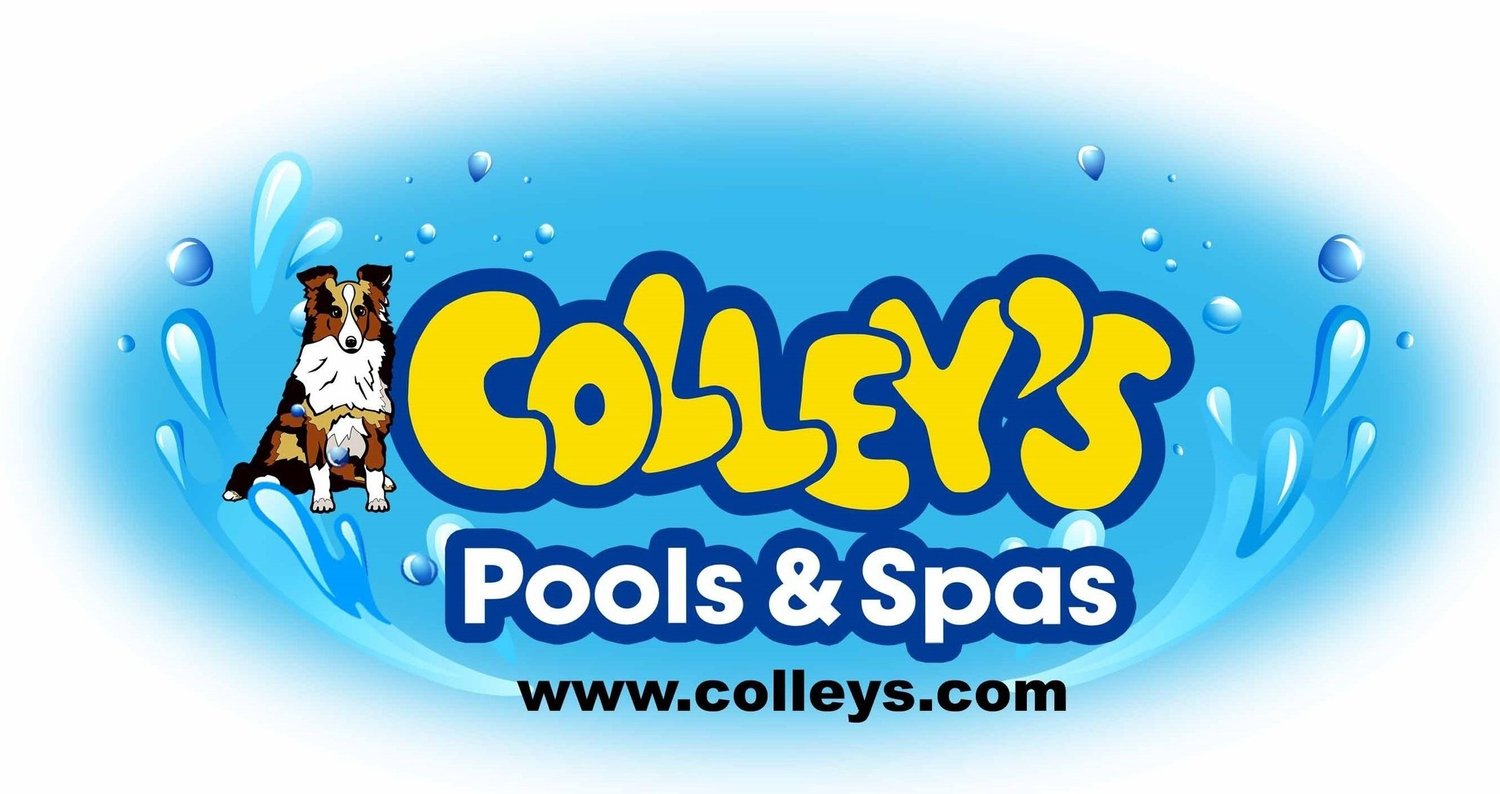Pool season is here! We’ll be going through a general overview of the main chemicals used in pools and spas and what they do. Not every pool and spa is the same so it is always best to consult Colley’s knowledgeable pool experts when looking to purchase chemicals from us!
Chlorine: Probably the best-known pool chemical, chlorine is a sanitizer that keeps algae and bacteria at bay. It comes in liquid, powder, and tablet forms. When water reacts with chlorine, it forms hydrochloric acid, which is the compound that fights bacteria.
Shock: Shocking a pool is the act of "unbinding" or oxidizing the inactive chlorine (chloramines). Shocking can be done with increased dosages of chlorine or MPS (sodium monopersulfate) non-chlorine shock. When added to the pool, whatever chemical is used starts a process called superchlorination. Shocking the pool helps kill all the bacteria and sanitizer byproducts. Usually sold as a separate product, shock is used about once a week or every two weeks, depending on pool usage.
Bromine: This is an alternative to chlorine, but typically used in warmer water such as that used in hot tubs. Because hot tubs tend to have a higher pH level (alkalinity), and bromine works better at a higher pH level, bromine is more effective in warmer water.
Cyanuric Acid: The sun’s ultraviolet rays can speed up the decomposition of chlorine in the water. Cyanuric acid helps slow that process down by stabilizing, or protecting, the chlorine. However, there is a limit to the amount of cyanuric acid that can be in the pool: too much can also slow the destruction of bacteria. Some chlorine products come with cyanuric acid added; be sure to check before adding cyanuric acid separately.
Algaecide: Often copper-based, these polymers serve as a preventative barrier against algae. After the pool has been shocked, algaecide is added to keep the algae from returning.
Calcium chloride: Your pool requires a minimum level of calcium hardness before molecules start to look elsewhere for its minerals and eat away at your tile and metal. Calcium chloride will increase calcium hardness.

